16 Wild Animals in Serbia [Wildlife in Serbia]
Want to know more about the wildlife in Serbia?
Discover 16 wild animals in Serbia in this post, as well as interesting facts about them. 🇷🇸
Learn All About Serbian Animals
Ready to learn all about Serbian animals?
I’ve always been fascinated by animals, and by how they can be so different from one country to another. In this guide, we’ll focus on the many animals Serbia has on the land, in the sky, and underwater.
I’ve split the guide into 4 categories:
- Native animals from Serbia
- Endangered animals of Serbia
- What is the Serbian national animal?
- How many animals native to Serbia?
Let’s dive in right away with our first category!
Native Animals from Serbia
Serbia is a landlocked European country located in the southeastern part of the continent. It was part of Yugoslavia (created in the aftermath of World War I), formed a union with Montenegro which was dissolved after a referendum in 2006, and used to be home to the Serbian Empire. It is bordered by Bulgaria, Romania, North Macedonia, Bosnia and Herzegovina, Montenegro, Croatia, and Kosovo, and its capital and largest city is Belgrade, which counts more than 1,166,000 inhabitants (but more than 1,687,000 if you include the metropolitan area).
An interesting part of the country that I wanted to tackle is its wildlife. In light of that, I have listed the best of it, and I hope you will love learning what animals live in Serbia.
Here’s the Serbia animals list.
1. Gray wolf
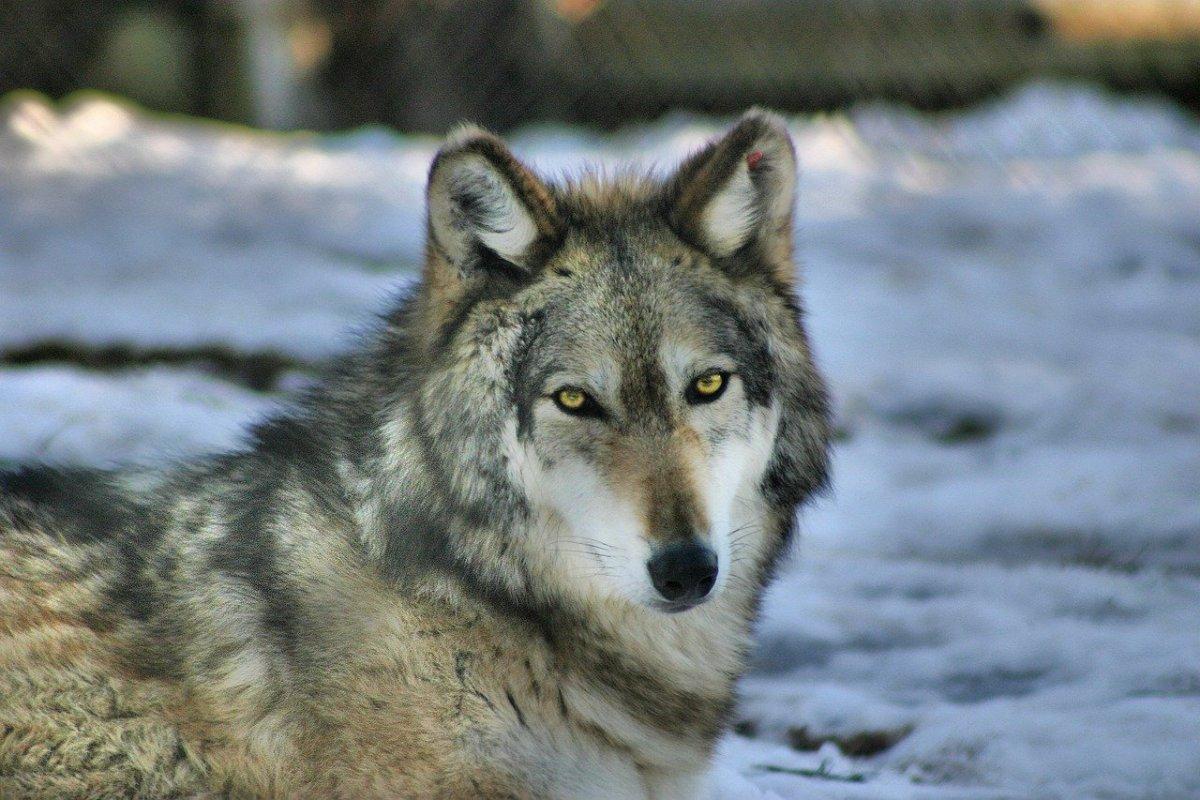
- Name: Gray wolf
- Scientific name: Canis lupus
- Conservation status:
The gray wolf is a large species of canid native to much of Eurasia and North America. It has had one of the most long-lasting and important interactions with humans out of any animals and has been feared, persecuted, and revered for centuries.
The wolf is the national animal of Serbia and is particularly respected in the country. It inhabits forests, shrublands, grasslands, and wetlands, at altitudes between sea level and 3,000 m / 9,800 ft above it.
2. Eurasian lynx
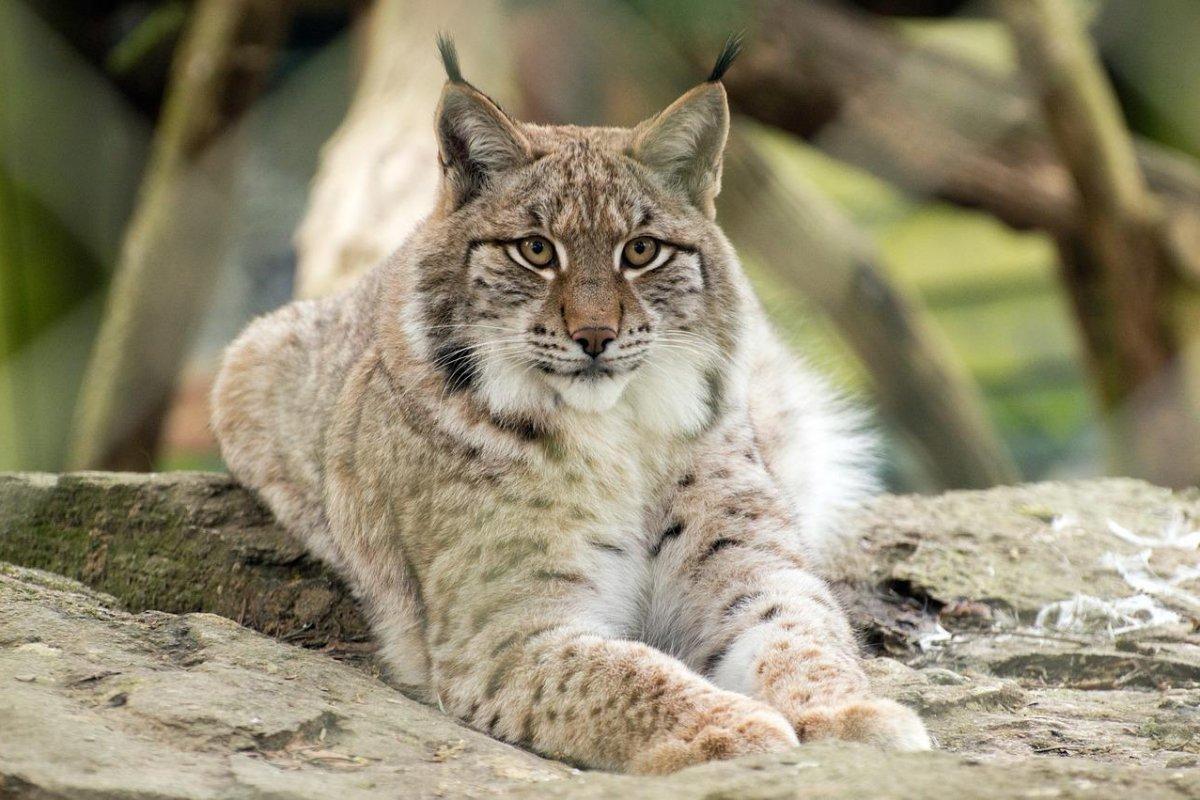
- Name: Eurasian lynx
- Scientific name: Lynx lynx
- Conservation status:
The Eurasian lynx is a medium-sized species of wild cat found in the heights of the mountains of Eurasia, from the Alps to the Himalayas. It lives in boreal and temperate forests and can be found as high as 5,500 m / 18,000 ft above sea level.
This cat is particularly elusive and alert, making it very hard to spot. It primarily hunts for small to large mammals, as well as birds.
3. Eurasian otter
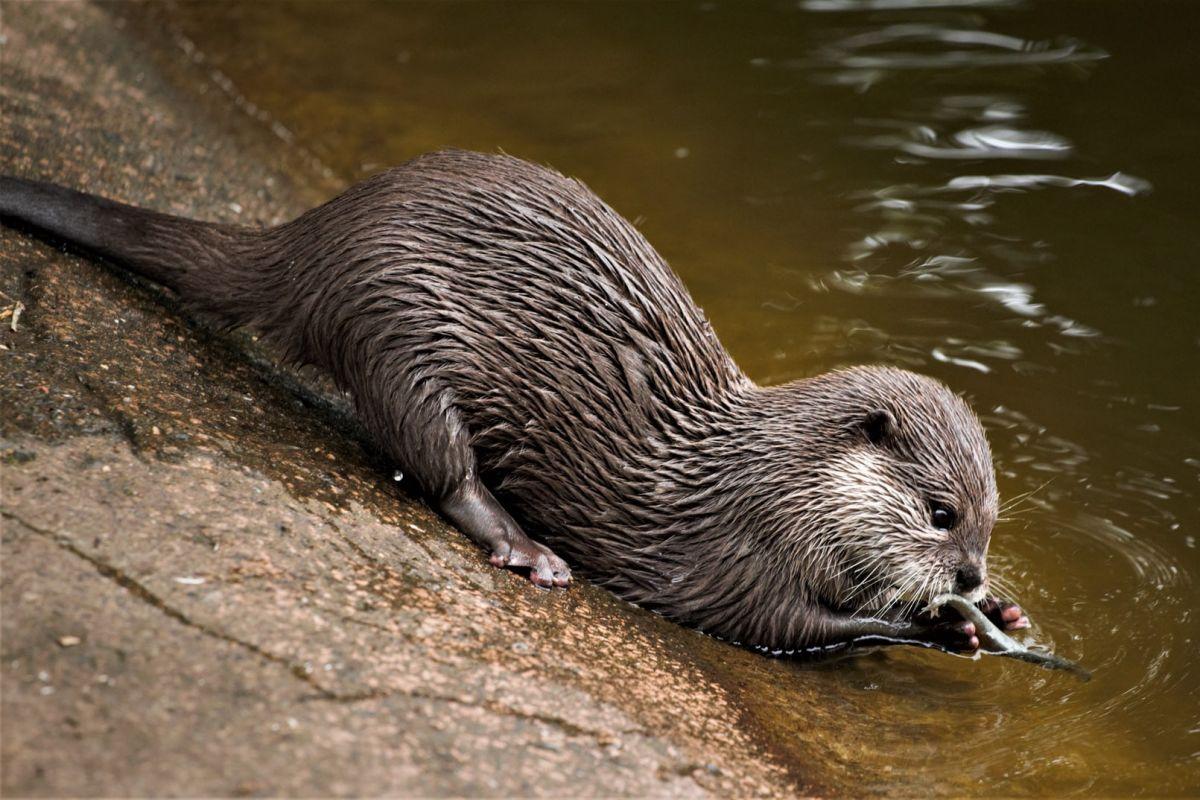
- Name: Eurasian otter
- Scientific name: Lutra lutra
- Conservation status:
The Eurasian otter, also known as the river otter, the European otter, the Old World otter, or the common otter, is a species of semi-aquatic mammal native to a very wide range within Eurasia, as well as parts of northwestern Africa, the Indian subcontinent and Southeast Asia.
Despite its peaceful appearance, the Eurasian otter can be particularly ferocious, especially when it comes to defending its territory. It almost exclusively feeds on fish, but also on insects, birds, crustaceans, and amphibians.
4. Brown bear
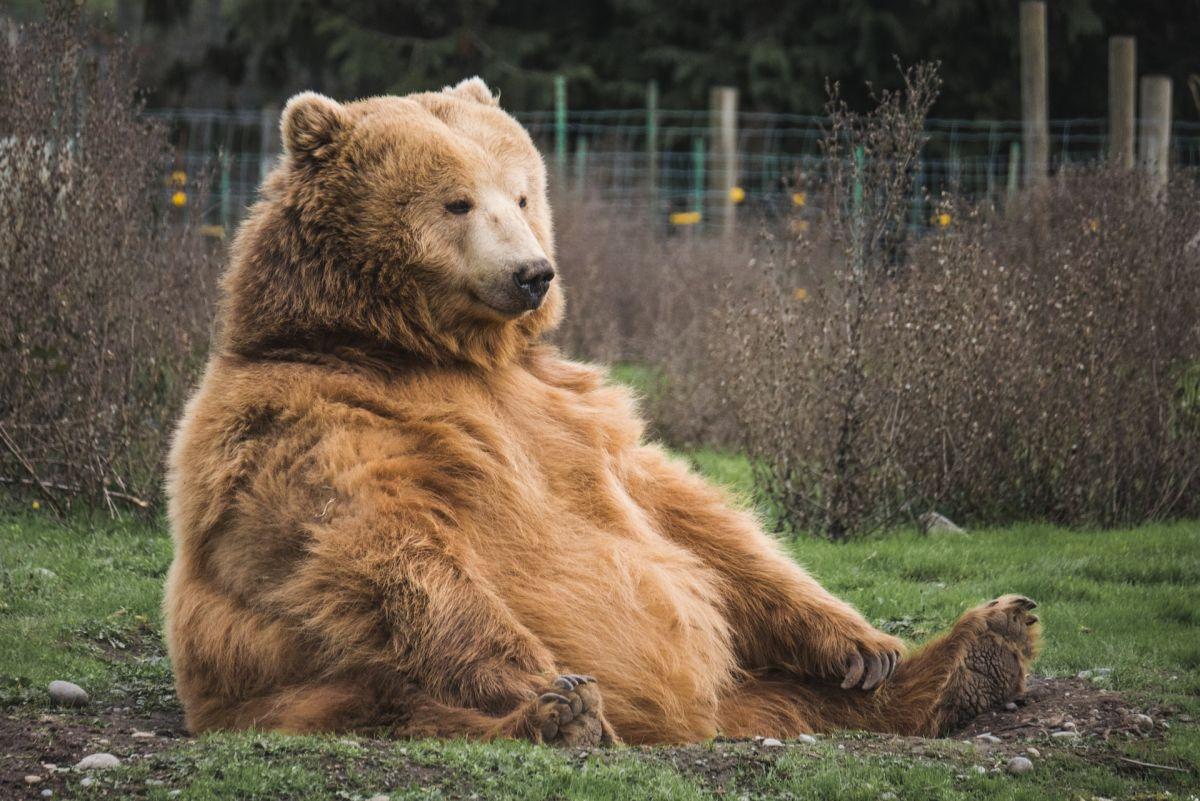
- Name: Brown bear
- Scientific name: Ursus arctos
- Conservation status:
The brown bear is the most common and widespread species of bear. It can be found almost everywhere in Eurasia and North America and has many subspecies. Only the polar bear, its close relative, is larger than the brown bear within the order Carnivora.
Although the brown bear is considered of least concern for now, its range has greatly shrunk, and its numbers have dwindled; there are about 110,000 individuals in the world, all threatened by habitat loss, poaching, and sometimes persecution.
5. Egyptian vulture
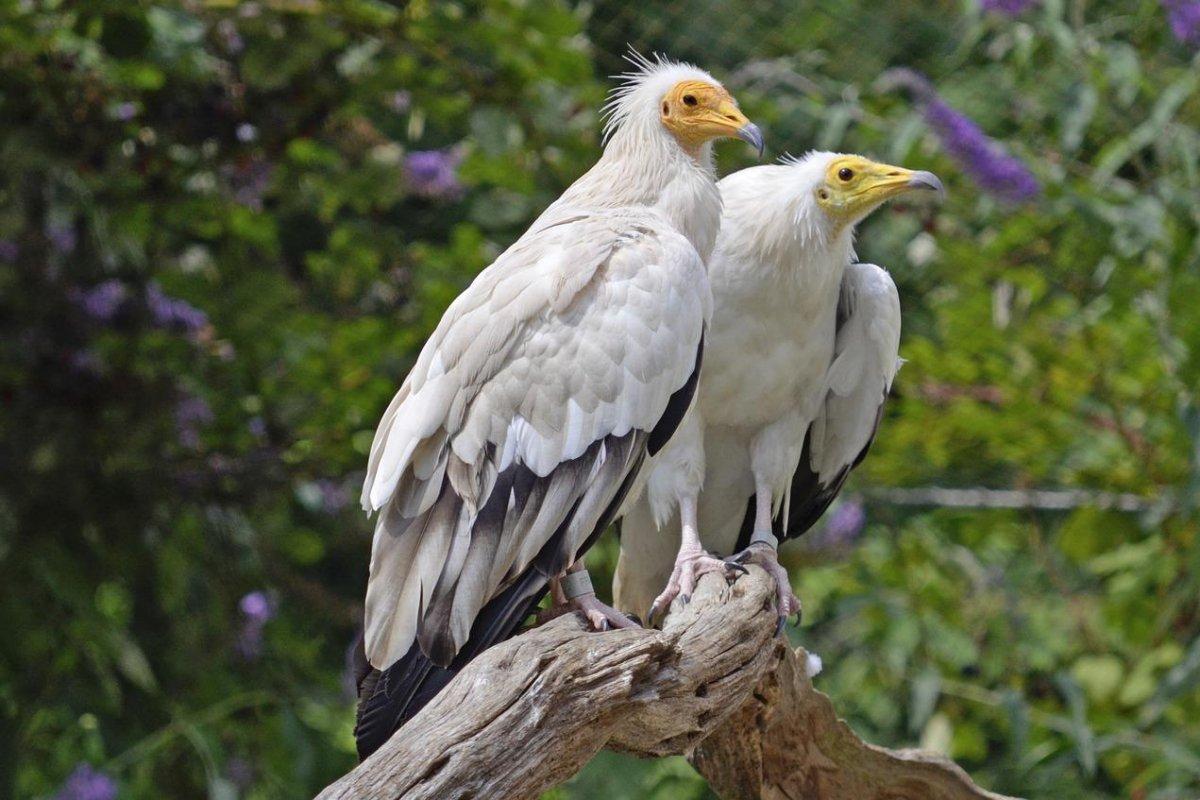
- Name: Egyptian vulture
- Scientific name: Neophron percnopterus
- Conservation status:
Despite its name, the Egyptian vulture is not exclusive to Egypt, but can rather be found around sub-Saharan Africa, southwestern and southeastern Europe, the Arabian Peninsula, the Middle East, the Indian subcontinent, and Western Asia.
Also known as the pharaoh’s chicken or the white scavenger vulture, it is entirely white, with a yellow face. Although it does not have many natural predators, it is seriously endangered by intentional poisoning, collision with power lines, hunting, and lead accumulation from feeding on gunshots in carcasses.
6. Balkan chamois
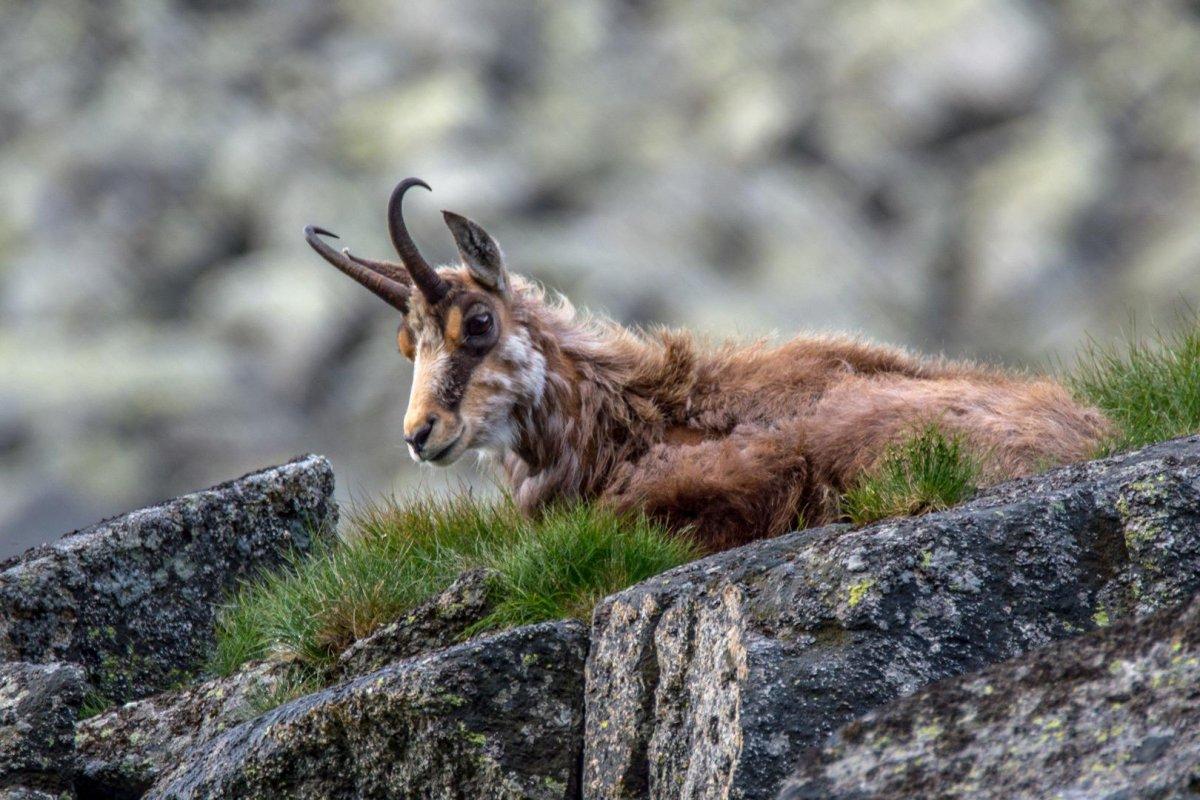
- Name: Balkan chamois
- Scientific name: Rupicapra rupicapra balcanica
- Conservation status:
The chamois, also known as the Alpine chamois, is a species of goat-antelope native to the mountains of Europe, from the Pyrenees to the Balkan and the Carpathians. It has been introduced to the South Island of New Zealand and is sometimes protected under European regulation, depending on the area and the subspecies.
The Balkan chamois is the chamois subspecies found in Serbia. Aside from there, it can also be found in Montenegro, North Macedonia, Slovenia, Greece, Bulgaria, Albania, and Bosnia and Herzegovina.
7. Central European boar
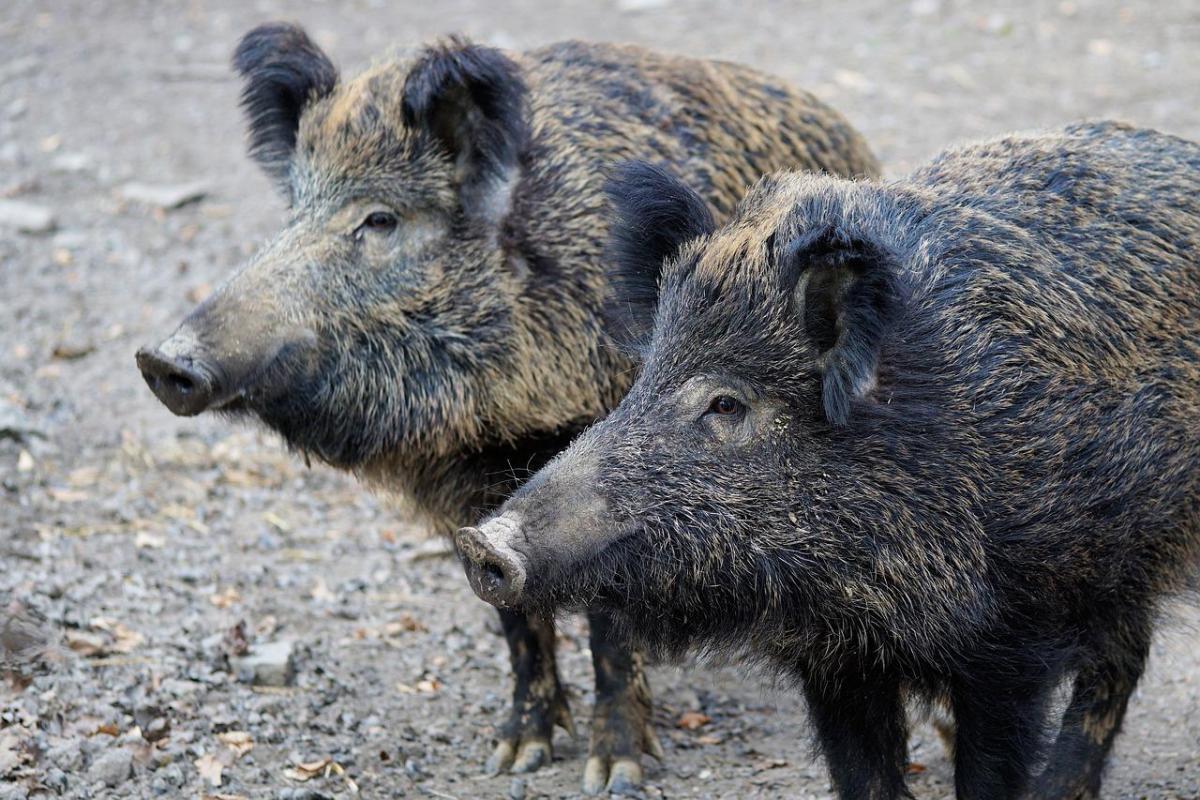
- Name: Central European boar
- Scientific name: Sus scrofa scrofa
- Conservation status:
Found throughout Serbia, the Central European boar is one of the many subspecies of the wild boar. It is a species of suid that inhabits almost all of Europe and is highly versatile in terms of dietary habits and habitat preferences.
The wild boar is one of the more common, widespread, and famous animals in Europe. It has been heavily hunted for centuries and is an important part of tradition and culture.
8. Booted eagle
- Name: Booted eagle
- Scientific name: Hieraaetus pennatus
- Conservation status:
The booted eagle is a medium-sized species of bird of prey native to Europe, Africa, and Asia. Depending on the season, it is either resident, passing by, or breeding: in Serbia, it is mostly either breeding or simply passing by, while migrating further south, as far as South Africa, during the winter.
This eagle feeds on other birds, small mammals, and reptiles, and usually lays 1 to 2 eggs.
9. Red deer
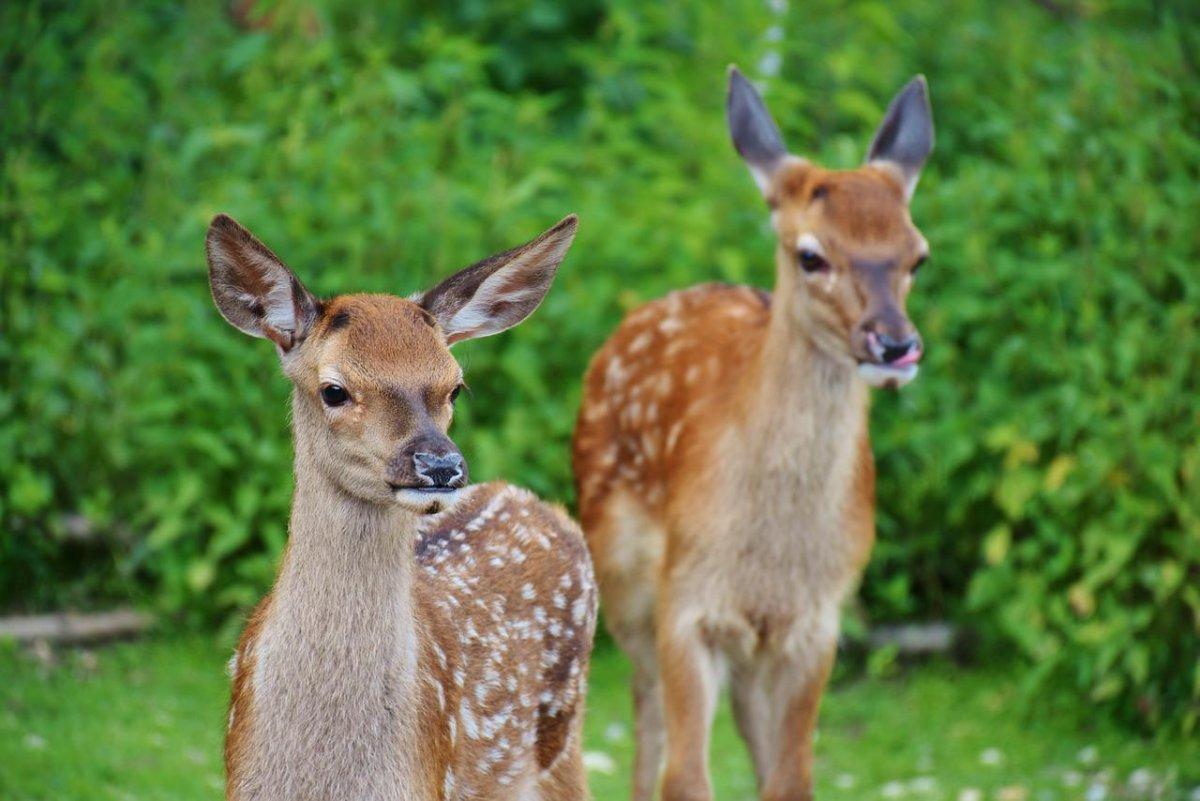
- Name: Red deer
- Scientific name: Cervus elaphus
- Conservation status:
The red deer is one of the largest species of deer in the world. It is quite common throughout Europe, and is, similarly to the wild boar, one of the most important symbols of the continent. It is a ruminant that was somewhat rare in parts of Europe over the course of history but never came close to extinction.
The red deer has long been hunted and kept in captivity for both its tasty meal, the venison, and its spectacular, beautiful antlers.
10. Eurasian beaver
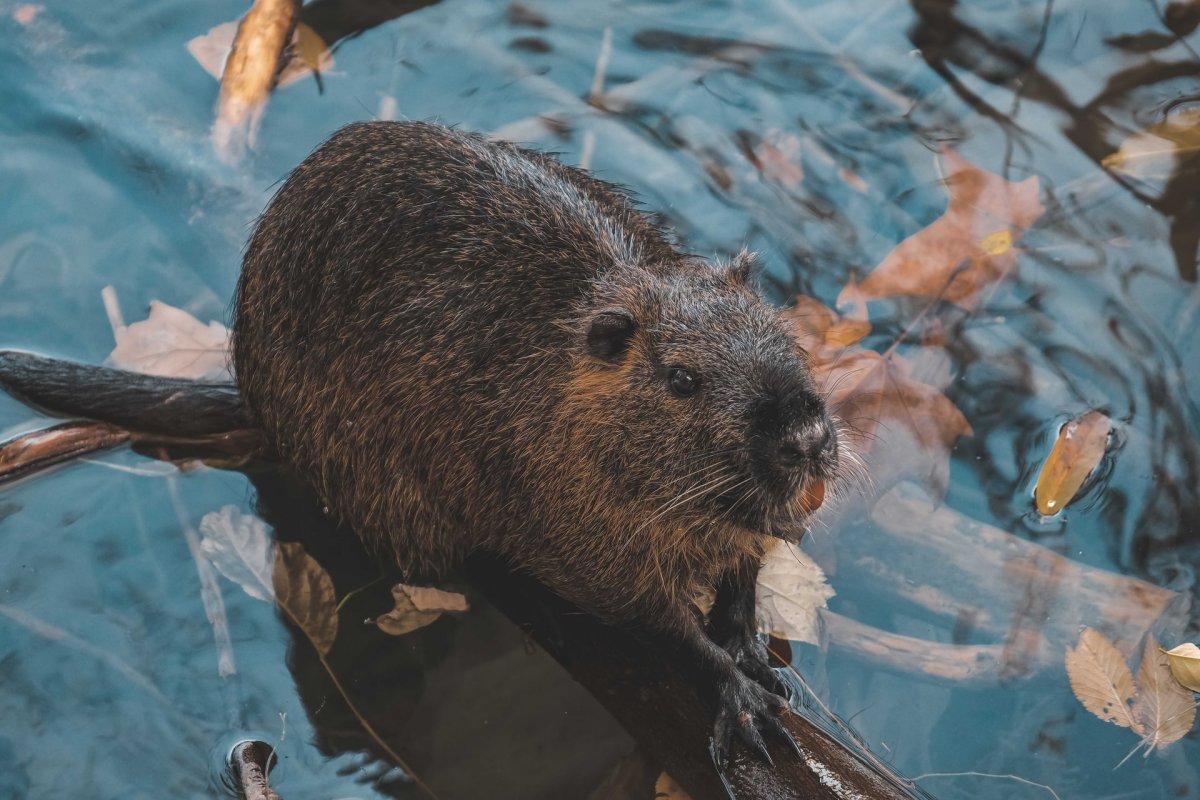
- Name: Eurasian beaver
- Scientific name: Castor fiber
- Conservation status:
The Eurasian beaver, also known as the European beaver, is a species of beaver found throughout Eurasia. It came very close to extinction at the turn of the 20th century, with only about 1,200 individuals left, but has been reintroduced to most of its former range, and is now listed as least concern.
In Serbia, you can find Eurasian beavers on the river banks of the Danube River, the second-longest river in Europe after the Russian Volga.
11. European hare
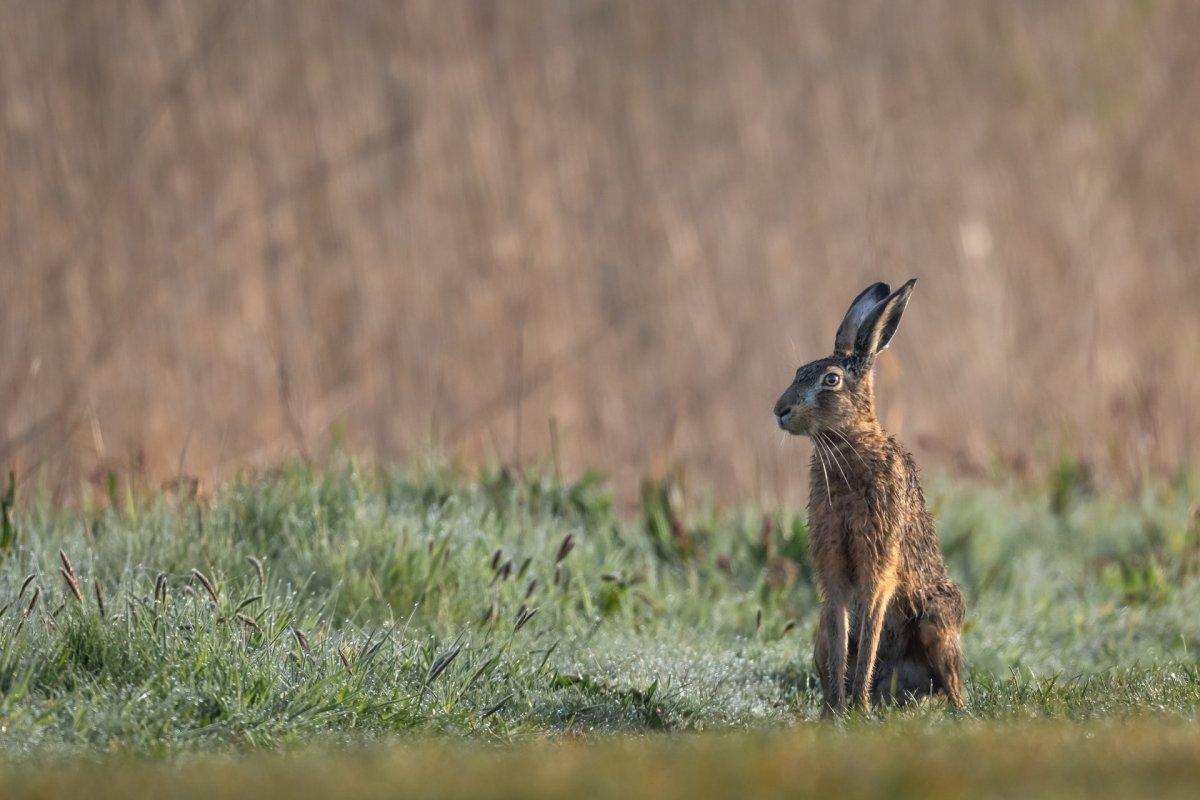
- Name: European hare
- Scientific name: Lepus europaeus
- Conservation status:
The European hare, also known as the brown hare, is a species of hare native to Europe and some parts of Asia. It is one of the most commonly hunted animals in the continent (more than 5 million animals are shot every year) and inhabits temperate, open country.
Hares in general have very long hind legs, ideal for leaping and running, as well as large eyes, used to look for potential predators.
12. Eurasian pygmy owl
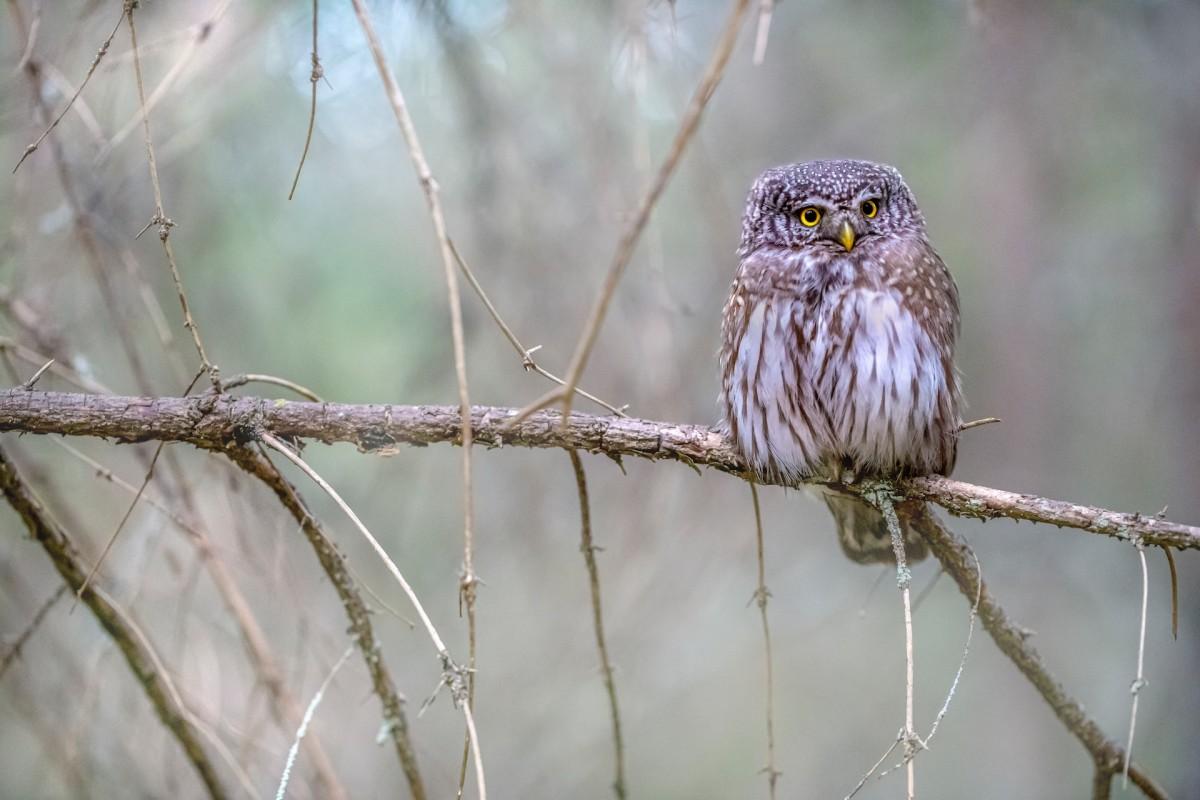
- Name: Eurasian pygmy owl
- Scientific name: Glaucidium passerinum
- Conservation status:
The Eurasian pygmy owl is the smallest species of owl in Europe. It has dark red to brown plumage, spotted with white. It is a resident bird that does not migrate throughout the year and can be found throughout a large part of Eurasia, from eastern Europe to northeastern China and the Russian Far East.
When it comes to feeding, the Eurasian pygmy owl eats small mammals such as mice, bats, voles, and lemmings, as well as small birds like chaffinches, thrushes, and crossbills which it catches in flight.
13. Golden jackal
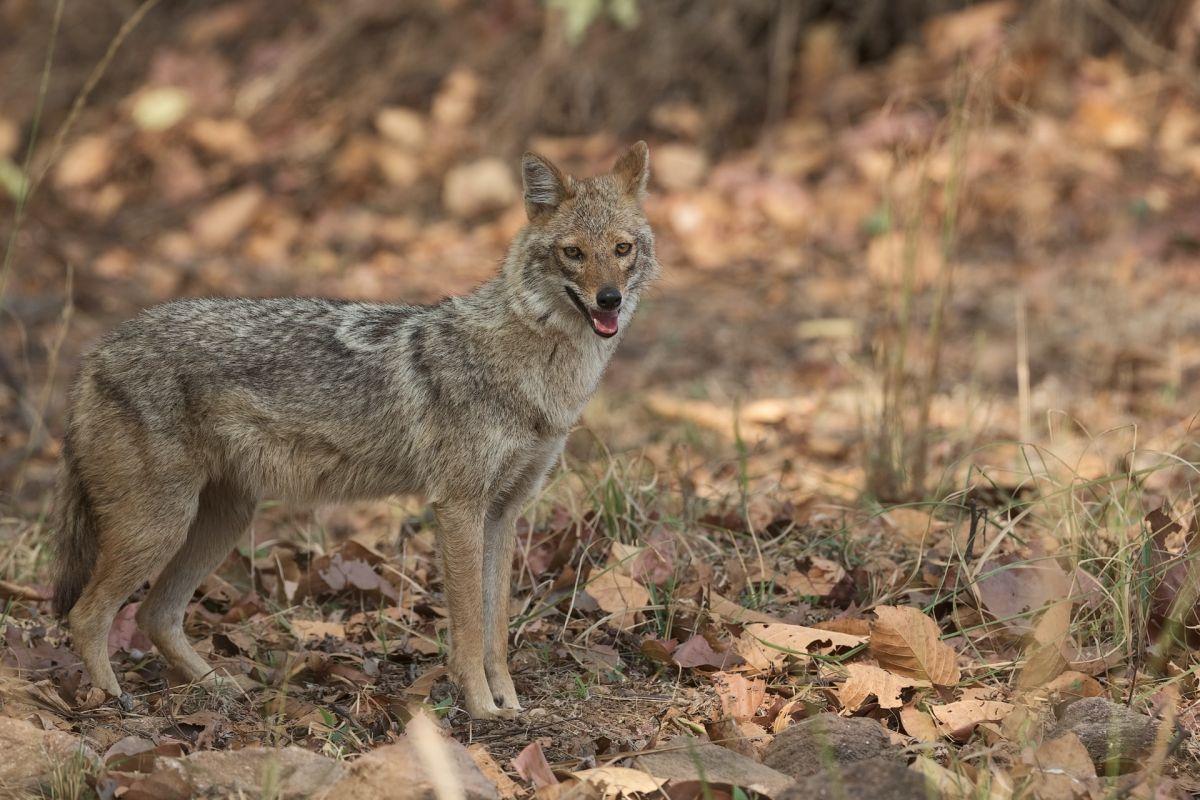
- Name: Golden jackal
- Scientific name: Canis aureus
- Conservation status:
The golden jackal is a species of wolf-like canid native to Europe and Asia. Contrary to many species of its kind, its range is increasing alongside human expansion, primarily thanks to the decline of the gray wolf, its main competitor.
In Serbia, the golden jackal primarily feeds on livestock carcasses, which are usually not removed, which in turn led to the expansion of this canid’s range.
14. Marbled polecat
- Name: Marbled polecat
- Scientific name: Vormela peregusna
- Conservation status:
The marbled polecat is a small species of mustelid native to southeastern Europe, the Middle East, and Central and West Asia. It inhabits grasslands and dry areas and can emit strong-smelling secretions from its anal sacs when threatened.
This mammal is listed as vulnerable to extinction because of a population decline of about 30 percent within the last 10 years; this is due to habitat loss and depletion of prey due to the use of rodenticides.
15. European wildcat
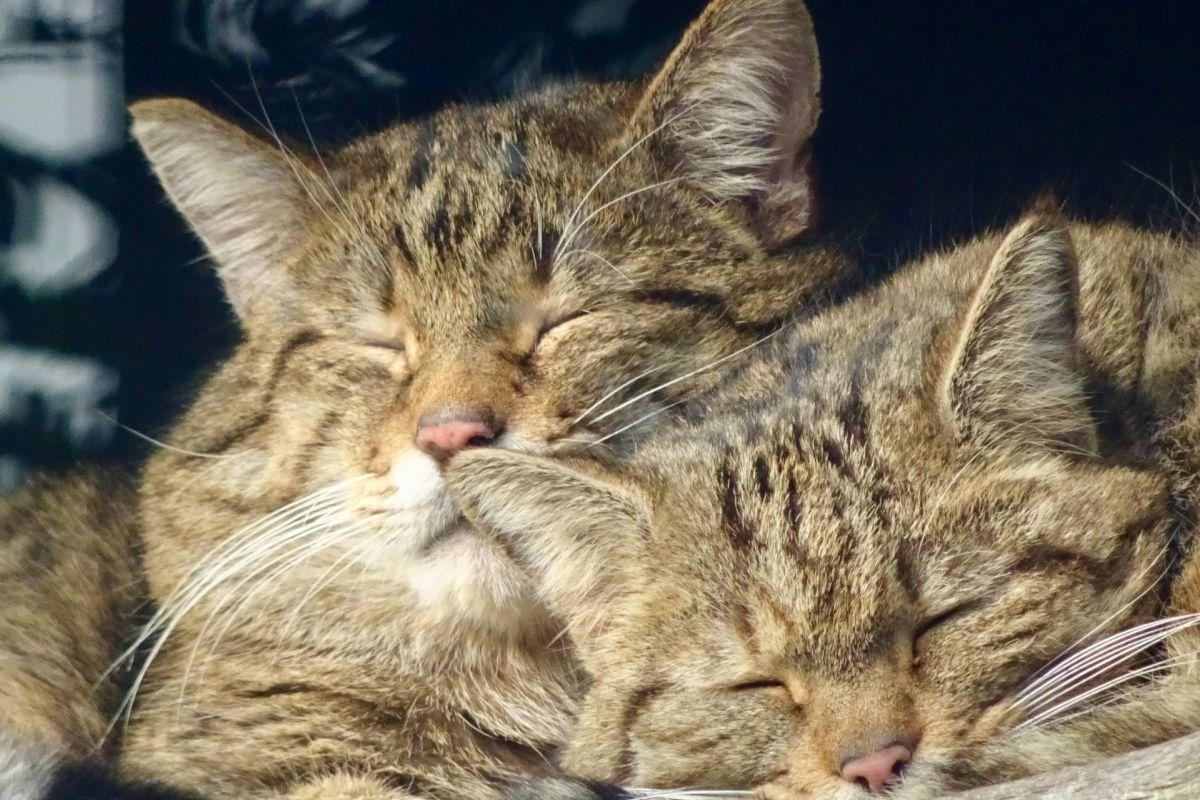
- Name: European wildcat
- Scientific name: Felis silvestris
- Conservation status:
The European wildcat is a small species of wildcat native to much of continental Europe, as well as Scotland, Turkey, and the Caucasus. It inhabits mixed and broad-leaved forests and usually stays away from settlements and cultivated areas.
This felid is an obligate carnivore, which feeds on brown rats, hamsters, voles, and mice, as well as other carnivores such as martens, stoats, and least weasels. Additionally, some individuals were already spotted preying on red deer and roe deer fawns.
16. Roe deer
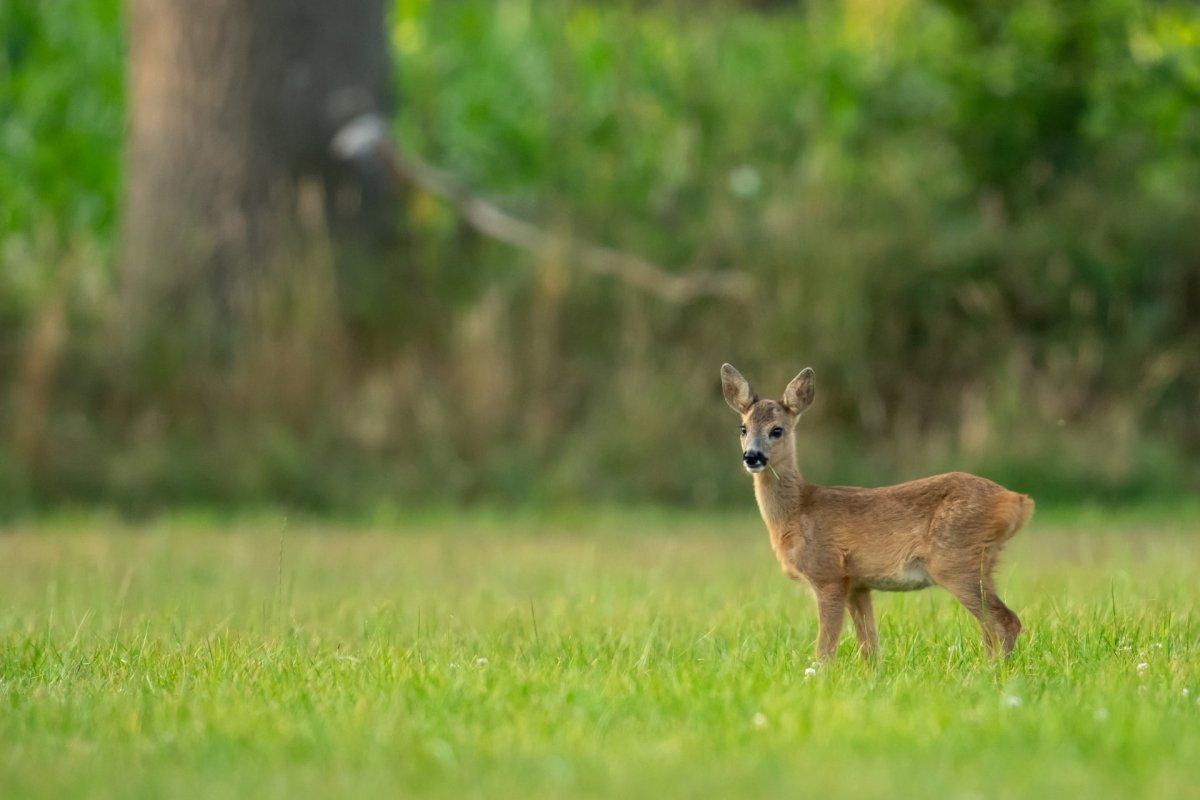
- Name: Roe deer
- Scientific name: Capreolus capreolus
- Conservation status:
Speaking of which, the roe deer, also known as the European roe, the western roe deer, or simply the roe, is a species of deer native to almost all of Europe. It is adapted to cold environments and can be found as far north as Scandinavia.
This deer mainly feeds on berries, grasses, leaves, and young shoots, usually favoring very young and tender grass, ideally with high moisture content.
—
So there you have them, these were my 16 wild animals in Serbia. I hope you enjoyed this list and that you learned something new today.
In case you want to learn more about Serbian wildlife, feel free to keep reading, as I still have lots of things to tell you about:
Endangered Animals of Serbia
This is definitely the saddest part of the list, but it is very important to raise awareness. Because of this, let’s go through the list of endangered animals in Serbia.
Here are the animals in danger of extinction in Serbia.
- None
- European hamster
- European mink
- Russian sturgeon
- European eel
- Ship sturgeon
- and 4 more…
- Egyptian vulture
- European souslik
- Northern bald ibis
- Saker falcon
- Danube salmon
- and 1 more…
To see the full list of endangered species in Serbia, head over to the International Union for Conservation of Nature’s Red List.
What is the National Animal of Serbia?
The national animal of Serbia is the gray wolf.
The gray wolf is one of the most well-known and common animals in Europe, not only in its forests and mountains but also in its fables, myths, and stories. It is part of many traditions, from the myth of the creation of the Earth to the legend of the werewolf, in which some humans are said to willingly turn into wolves and attack others.
In Serbia, the gray wolf is particularly respected, and hunters rarely kill them. Through mentality and mythology, they are connected to these beautiful animals. However, Serbia also has a second national animal, the mythical two-headed white eagle, an important part of its heraldry.
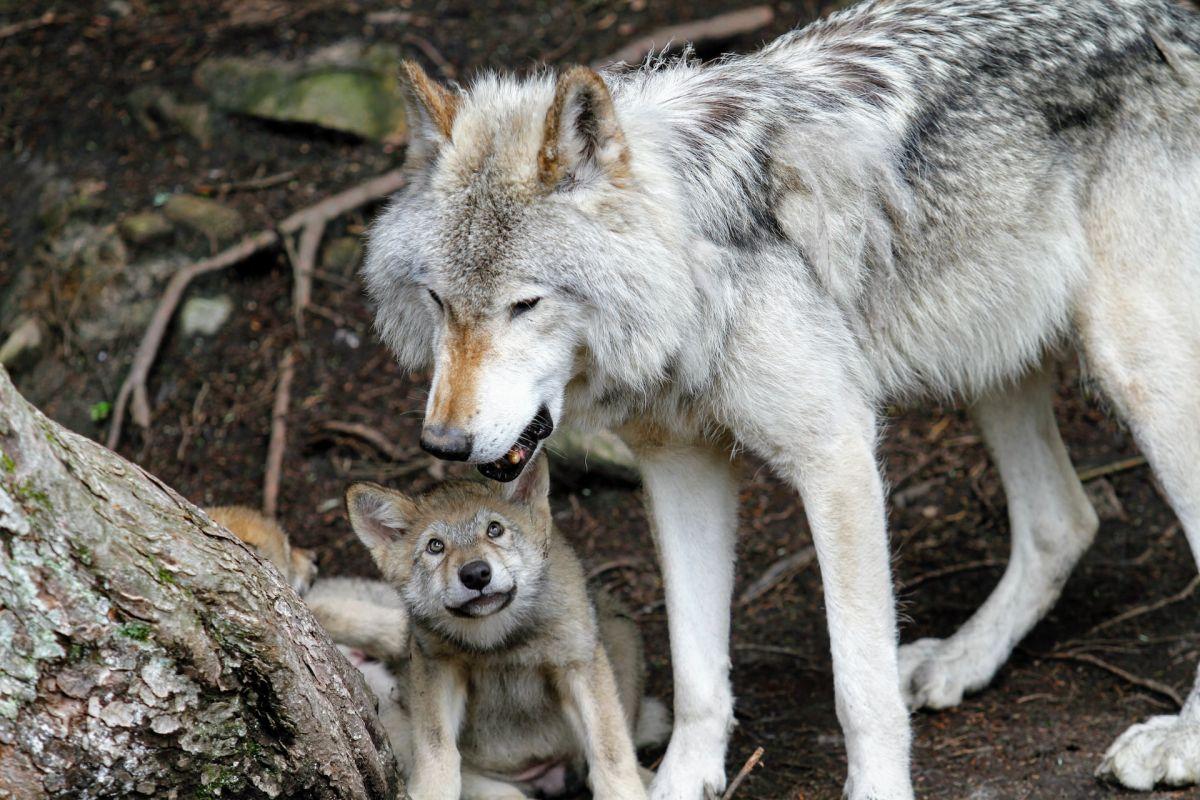
How Many Animals Native to Serbia?
What is the diversity of native animals in Serbia?
Let’s look at the total number of species of Chordata (mammals, birds, fishes, and reptiles).
Total number of animal species in Serbia: 691 (3,149 in total in Europe)
More About Animals in the World!
Loved these Serbia wildlife facts? Want to see what animals live in other countries?
Then check out these posts:
Or click here to see ALL the facts up on the blog! Spoiler alert: there’s A LOT of them.
Share the knowledge! Click on the buttons below to share information about these famous animals in Serbia with your friends, and help them learn more about the world 🙂
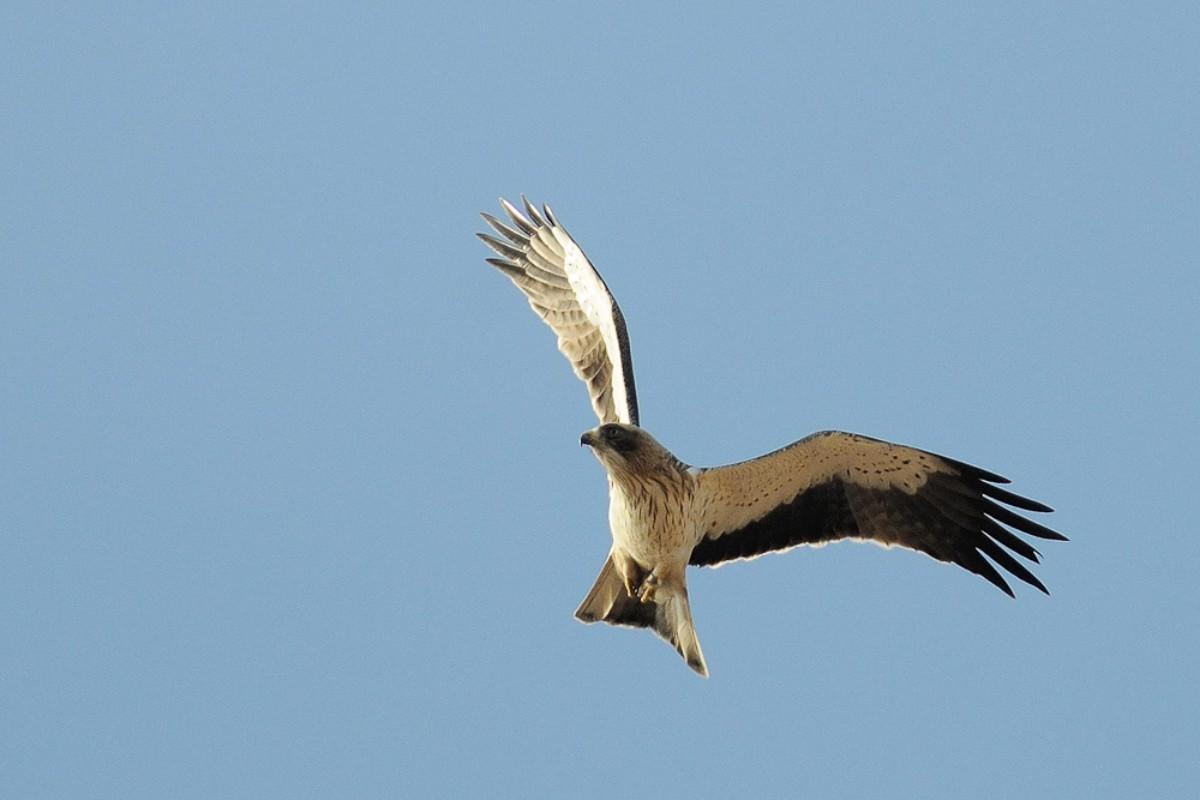
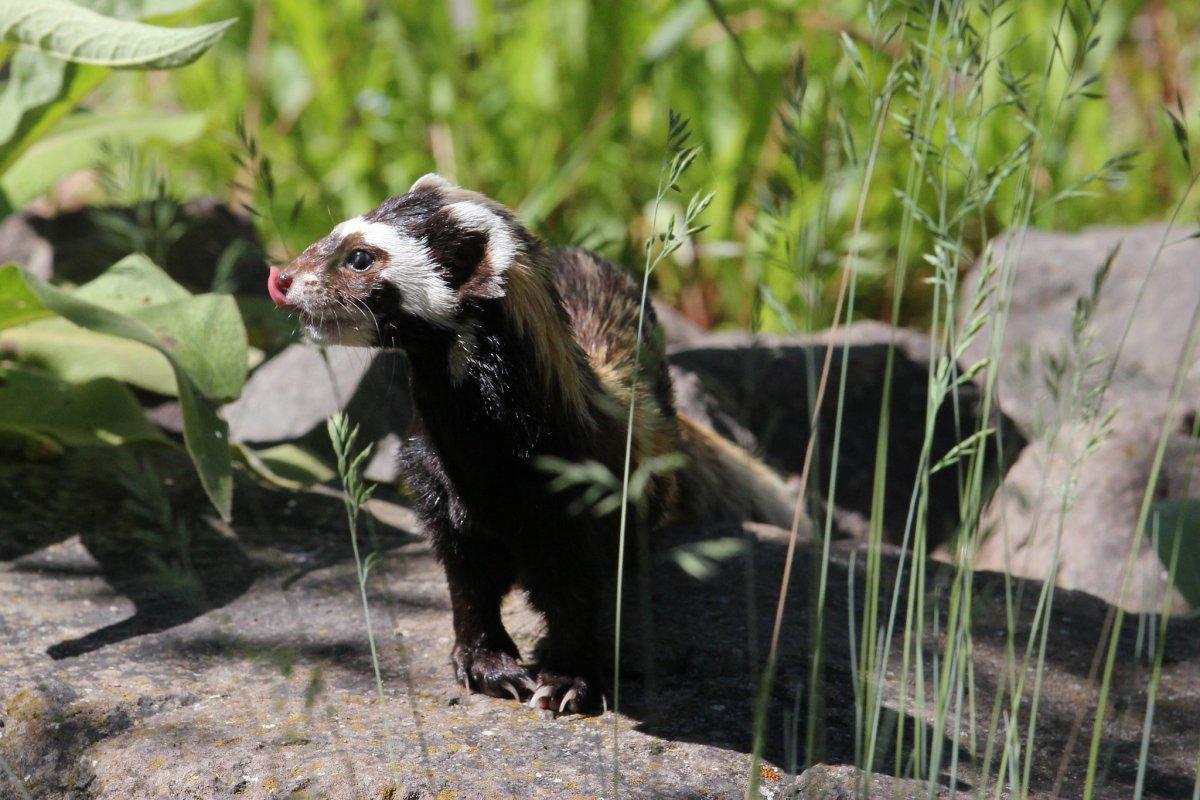

![28 Wild Animals in Egypt [Wildlife in Egypt]](https://www.kevmrc.com/wp-content/uploads/2022/06/28-wild-animals-in-egypt.jpg)
![10 Wild Animals in Monaco [Wildlife in Monaco]](https://www.kevmrc.com/wp-content/uploads/2022/06/10-wild-animals-in-monaco.jpg)
![15 Wild Animals in Barbados [Wildlife in Barbados]](https://www.kevmrc.com/wp-content/uploads/2022/08/15-wild-animals-in-barbados.jpg)